Studio Ghibli is renowned for its exceptional films, often aimed at a younger audience. Alongside beloved titles like My Neighbor Totoro, the studio has also produced deep and complex works such as Princess Mononoke.
Many unique characteristics commonly appear across various genres of Ghibli films. These traits not only captivate viewers but also contribute to the distinctive artistic signature of Studio Ghibli.
10. Non-verbal Characters Communicating Through Body Language
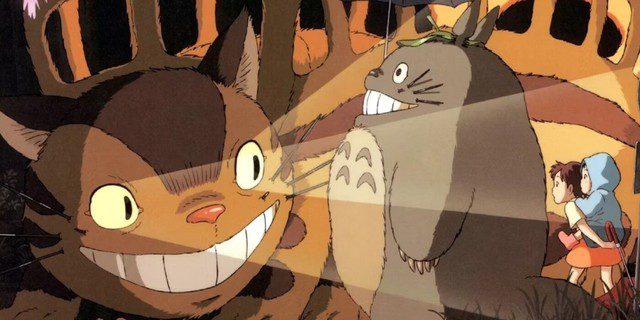
From Totoro to Catbus, many characters do not communicate verbally but instead express themselves through body language and friendly gestures. They play the role of helpers, especially prominent in films aimed at children. However, in films like Princess Mononoke, the essence of these characters is more subdued, yet they still convey intelligence and deep emotional resonance.
9. Observations of Nature That Slow Down the Film’s Pace
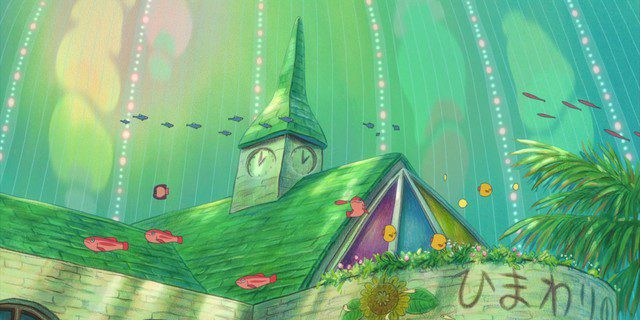
Unlike the fast-paced storytelling typical of Western animation, Ghibli takes the time to depict the slow, graceful movements of nature, such as the formation of storms or the gentle rustling of trees. These moments demonstrate Ghibli’s trust in its audience and create a distinct atmosphere for the films.
8. Small, Cute Creatures That Provide Comfort
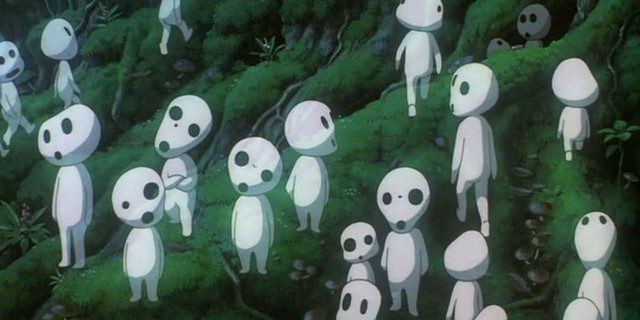
Small, adorable creatures often appear and are loved by audiences, such as the Soot Sprites in My Neighbor Totoro or the Kodama in Princess Mononoke. Although they may not play major roles in the storylines, they contribute to creating a vibrant living environment that enhances the Ghibli universe.
7. Studio Ghibli Characters with Distinct Personalities
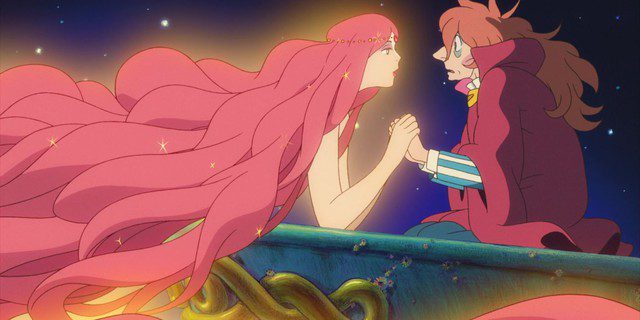
Ghibli’s animated characters often break the mold of typical heroic characters, instead choosing to portray more relatable, human-like traits. While still fitting into the fantasy genre, they express vulnerability, as seen in characters like Fujimoto or the diverse range of personalities in My Neighbor Totoro. Ghibli characters exude a natural charm, revealing their true selves in various situations.
6. Fatherhood Moments Filled with Emotion and Authenticity
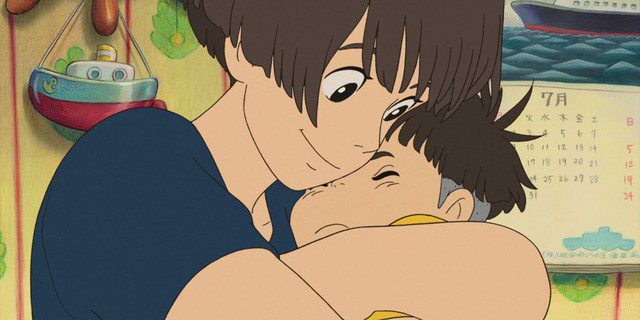
Films like Ponyo do not shy away from depicting emotional moments between parents and children, capturing the essence of nurturing and loss, contrasting the one-dimensional portrayals often seen in Western children’s films.
5. Themes of Economic Hardship Appearing Regularly in Studio Ghibli Films

The theme of economic struggle often emerges in Ghibli’s darker films, such as Princess Mononoke, where the main character Ashitaka faces the consequences of industrial expansion, or Howl’s Moving Castle, which features the consequences of war and transformation.
4. Transforming Humans into Animals or Monsters

While many animated studios, especially Disney, often present uplifting stories, Studio Ghibli approaches such narratives differently. They utilize elements of traditional folklore and metamorphosis, often with a darker tone and deeper significance.
3. Characters with Sudden Transformations into Monsters
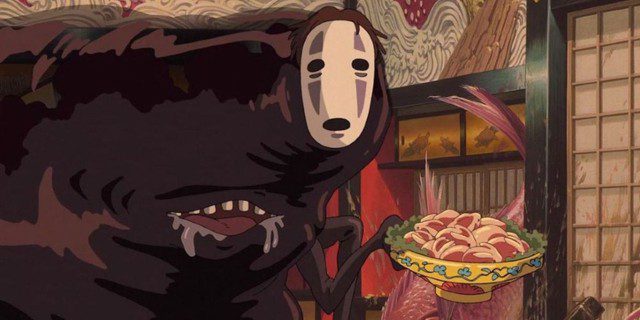
Ghibli is not afraid to create characters that undergo astonishing transformations into monstrous forms. These scenes can evoke both sympathy and horror, evident in the God Warrior’s destruction in Nausicaä of the Valley of the Wind or No-Face’s monstrous transformation in Spirited Away.
2. Emotionally Detached Characters That Do Not Have Clear Intentions
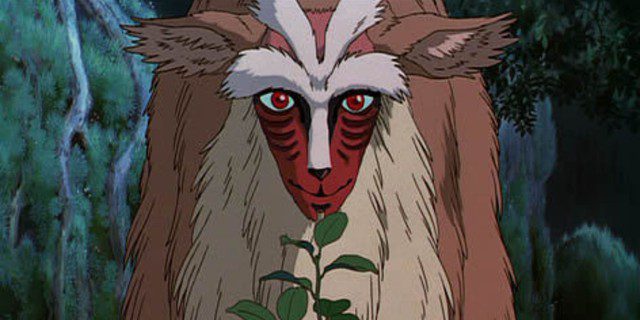
Emotionally detached characters in Ghibli films often evoke a sense of unease in the viewers, reminiscent of the unsettling presence of a ghost in horror films. These characters, like No-Face, with their masks and lack of expression, lead audiences to question their true nature and intentions.
1. Forms of Monsters that Represent Deep Meanings
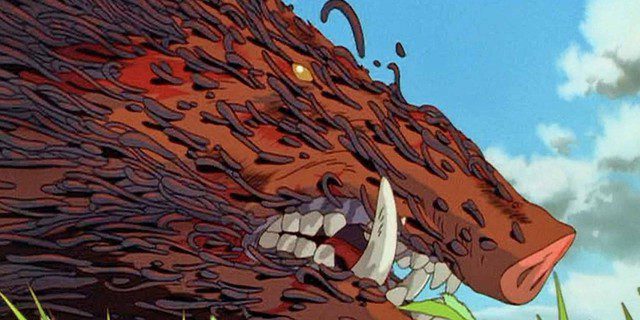
Many Ghibli characters take the form of monstrous beings that are more terrifying and sinister compared to typical fairy tale characters. However, these forms also convey significant messages that are crucial to the story, such as the demon boar in Princess Mononoke or the transformative nature of Howl in Howl’s Moving Castle.
Source: CBR





















